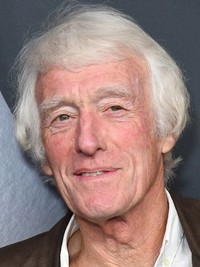Roger Deakins

After starting out his career in documentaries, Roger Deakins became one of the few elite cinematographers of his generation, thanks in large part to his routine collaborations with filmmakers Joel and Ethan Coen. Ever since his Oscar-nominated camerawork on "Barton Fink" (1991), Deakins filmed some of the most remarkable images recorded on celluloid. Whether conveying the sweeping grandeur of hope taking flight from prison walls in "The Shawshank Redemption" (1994), capturing the isolated, brittle snowscape of "Fargo" (1996), or putting on display the vibrant spirituality of Tibet in "Kundun" (1997), Deakins created a visual style visual style that turned him into a cinematographer sought after by the top directors in the business, while also earning a slew of Academy Award nominations. His work was awarded numerous times, mostly for his stunning camerawork on Coen Brothers films such as "The Man Who Wasn't There" (2001), "No Country for Old Men" (2007), "True Grit" (2010) and "Hail, Caesar!" (2016). He did, of course, branch out beyond the Coen Brothers universe where he earned further acclaim, most notably with "A Beautiful Mind" (2001), "House of Sand and Fog" (2003), "In the Valley of Elah" (2007), "The Reader" (2008), "Skyfall" (2012). "Blade Runner 2049" (2017), and "1917" (2019). Because of his achievements and extraordinary work for over three decades, Deakins had earned the reputation as one of Hollywood's top cinematographers of all time.